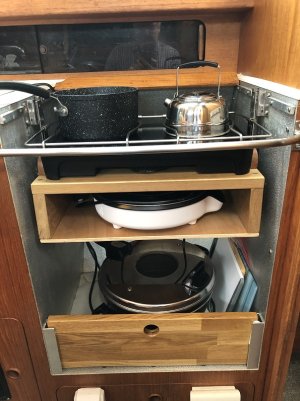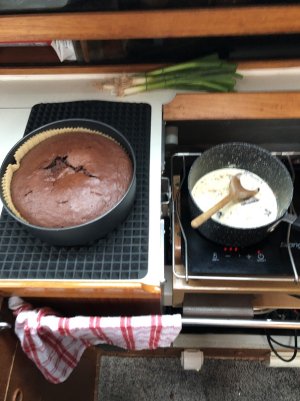geem
Well-Known Member
Edit. Keeping batteries a constant 100% SOC for 5 years and at an average of 15degC will likely cause a 21% drop in capacity. Clearly you are not doing this but it gives a measure of how charging to 100% impacts on battery life. Hope this helpsThat makes sense. From I can find, data wise, the loss of capacity for 100% SOC at low temperature is not significant. It would take 5 years before you would notice a couple of percent drop in capacity




